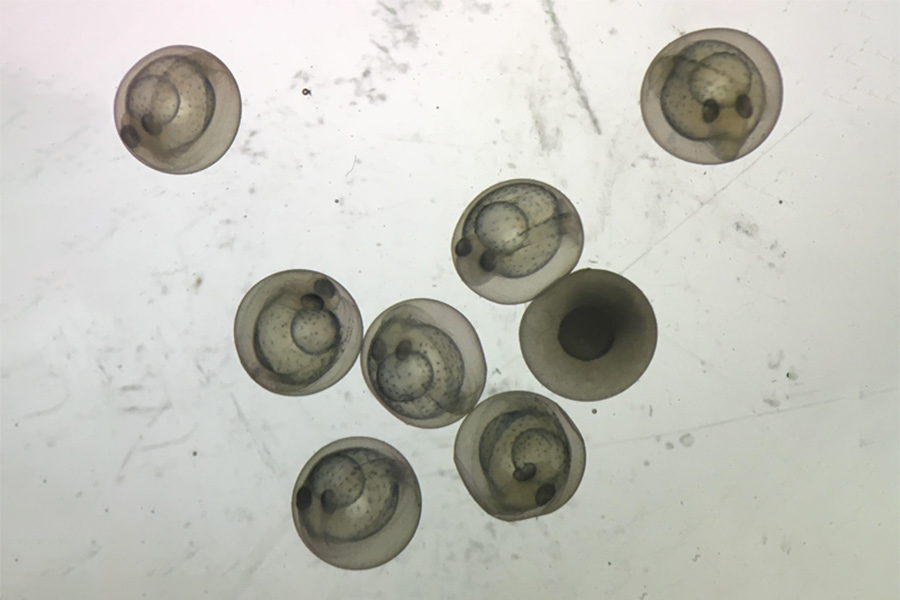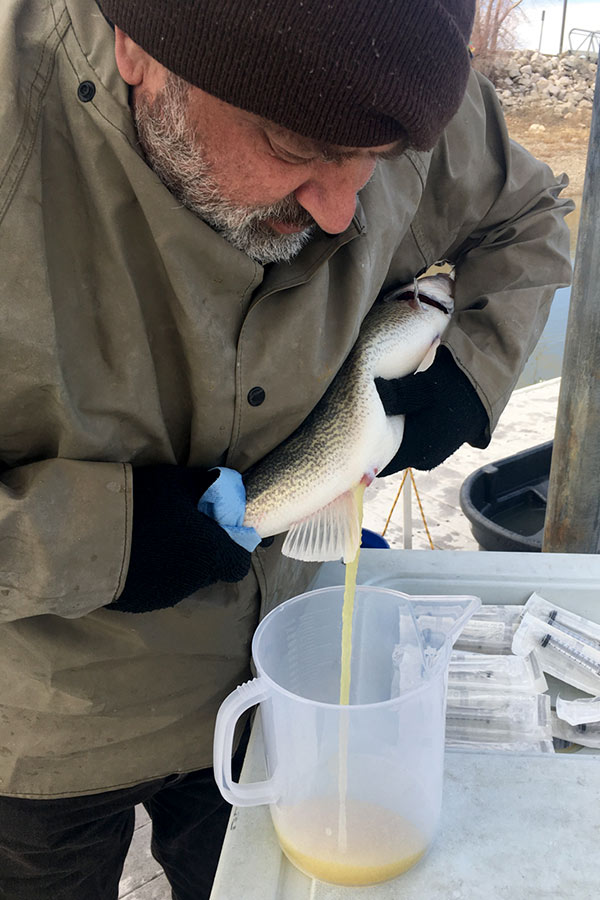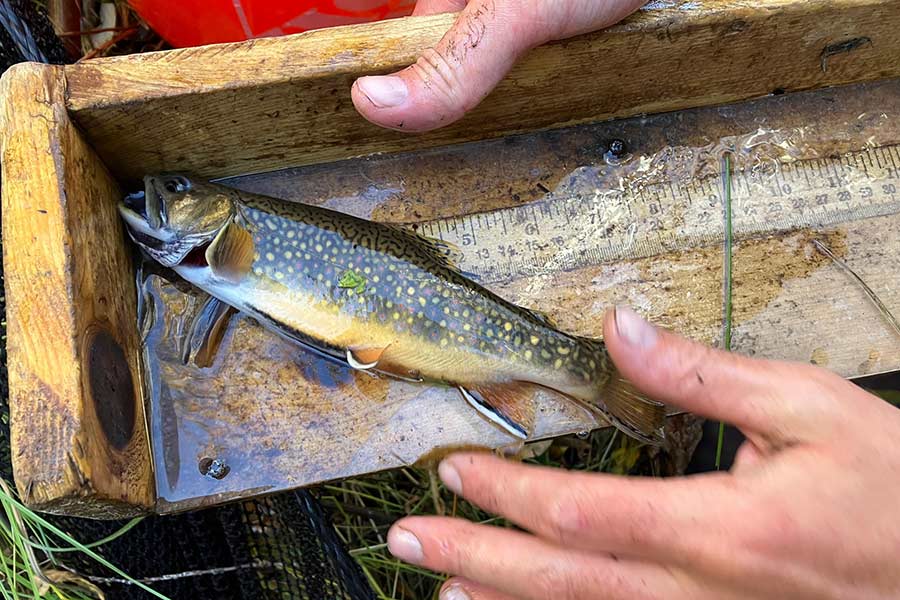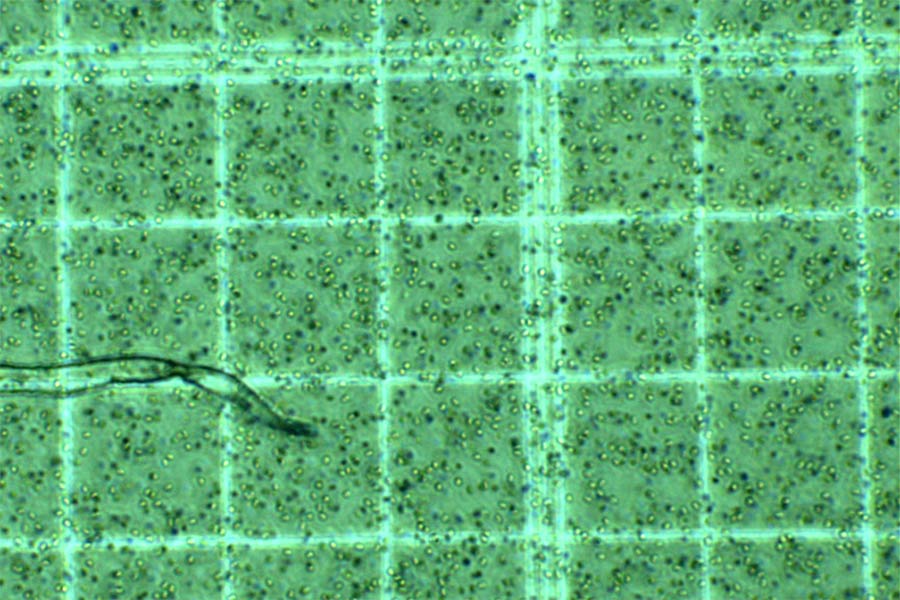≡
Research at the Aquatic Animal Health and Research Center
The Aquatic Animal Health and Research Center (formerly the Fisheries Experiment Station) conducts applied aquatic research throughout Utah. Much of our research is conducted in collaboration with regional Division of Wildlife Resources staff and serves the needs of hatchery and field biologists statewide.
The AAHRC has been involved in fisheries research since the early 1960s. Historically, research focused on improving fish health protocols and evaluating new fish culture techniques. Presently, our research duties are broad and have expanded to encompass additional questions and challenges that relate to the conservation and management of Utah's aquatic resources.
See the research publications page for a list of published articles (titles and abstracts) by the AAHRC research staff.
Current research projects
Our current research seeks to answer questions that address sportfish management, native species recovery efforts, aquatic invasive species, and improvements in fish health diagnostics. A subset of current research projects is listed below.
Developing and improving warmwater fish culture
The AAHRC staff is involved with warmwater fish culture throughout Utah. We assist with spawning efforts through training, quality assurance, literature review and data analysis. Often, our warmwater efforts target production of sterile fishes using triploid methods or sterile crosses between two similar species.
Stocking sterile fishes provides managers with greater population control and can be used to increase angling opportunities while minimizing the potential for negative interactions with native species.
Recent warmwater spawning efforts include hybrid striped bass, tiger muskie and walleye.
Control of nuisance fishes
The ability to suppress or eradicate populations of nuisance fishes is often necessary to meet management goals or satisfy recovery efforts for native species that have been displaced. Limited options are available for such control efforts; manual removal (e.g., netting, electrofishing) is common, but time intensive, and can be difficult to implement in complex habitats. Chemical treatments (e.g., rotenone) require extensive planning and permitting, are expensive to conduct and result in non-selective mortality.
The AAHRC staff is currently involved in several efforts aimed at suppression of common nuisance species in Utah. Most recently, these species include brook trout and common carp. We are using a combination of population modeling and field evaluations to design potential control strategies that can be implemented by biologists throughout the state.
Novel strategies include stocking of triploid (sterile) individuals to reduce natural recruitment through density-dependent mechanisms, or the introduction of predators that target and control certain components of a nuisance population. Most often, several strategies are combined to create an integrated pest management plan that achieves the desired outcome with reasonable time and expense allocation.
Cryopreservation
Sperm (also known in fish culture as "milt") availability is a constant concern for the production of many species of fish. Artificial propagation of sport fish is a primary tool in managing fisheries and meeting angler expectations in Utah.
To meet these needs, various strains and species are used to facilitate stocking and population augmentation throughout the state, necessitating milt be available at times outside of its natural occurrence. Using liquid nitrogen, it is possible to suspend and reanimate milt for the fertilization of eggs.
AAHRC staff are working with DWR fish culture staff to refine the techniques for cryopreservation of milt for various species in Utah, notably cutthroat trout. Such efforts would aid conservation efforts where milt availability is a concern.
Research personnel
Robert Shields
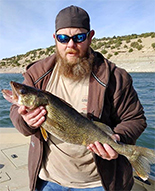
Robert has been AAHRC's team leader since 2018. He earned his Bachelor of Science and Master of Science in wildlife biology at Missouri State University under Dr. Dan Beckman. His master's degree work focused on life history traits of freshwater drum (Aplodinotus grunniens) in the Lower Missouri River. That project documented the presence of dreissinid mussels and absence of native unionid mussels or aquatic snails in the diets of these fish.
Robert received his Ph.D. in environmental science from Ball State University in Muncie, Indiana, under Dr. Mark Pyron. His doctoral research evaluated assemblage-level effects of invasive silver carp (Hypophthalmichthyes molitrix). He also studied macrosystem scale predictors of species' occurrence in the mountain steppe regions of the U.S. and northern Mongolia, and modeled the effects of changing climate on native and invasive fish species' distributions in the U.S. Great Basin.
Connor Schwepe
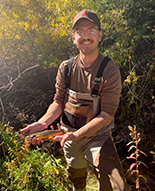
Connor is from Ohio and completed a B.S. in environment and natural resources from The Ohio State University, during which time he worked in an aquaculture research lab. After graduating, he worked a seasonal position at a Lake Sturgeon hatchery in northern Michigan, raising sturgeon for stocking. In August 2019, he began a master's program at Southern Illinois University, and received his zoology degree in May 2022. His master's thesis focused on intensive larviculture and the use of alternative protein sources, such as soybean meal, in formulated fish diets.
Christopher Jenney
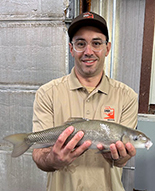
Chris joined AAHRC as a research biologist and biometrician in 2024. He earned a B.S. in fish and wildlife sciences from Oregon State University and began his career with the Oregon Department of Fish and Wildlife, where he conducted research on Pacific salmon populations. He later earned an M.S. in fisheries conservation and management at the University of Arizona under Dr. Scott Bonar, focusing on fish habitat associations in Arizona's Verde River and examining how native fish populations respond to major flooding events.
Now a Ph.D. candidate at the University of Arizona, also under Dr. Bonar's mentorship, Chris is studying the reintroduction of the endangered razorback sucker into the Verde River. His research assesses post-stocking survival, movement patterns and habitat preferences of razorback sucker to evaluate stocking success. In addition, he is exploring large-scale strategies to improve native fish stocking programs across the lower Colorado River Basin, aiming to support the recovery of endangered fish species throughout the region.


